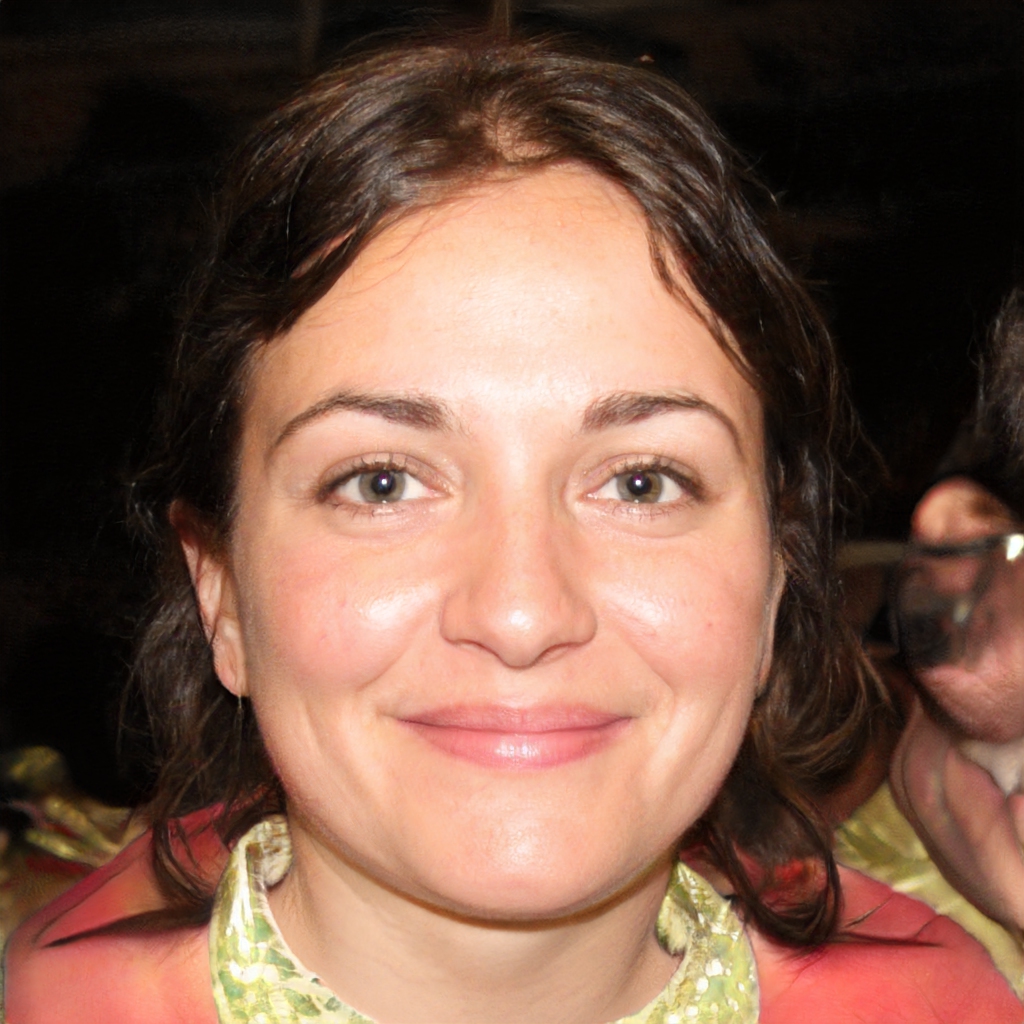Bump mapping is a technique in computer graphics for simulating bumps and wrinkles on the surface of an object. This is accomplished by perturbing the surface normals of the object and using the resulting perturbed normals to look up a corresponding height value from a height map. The height value is then used to offset the position of the vertex along the surface normal. This technique can be used to add detail to a model without increasing the number of polygons. What's the difference between bump map and normal map? Bump maps are images that are used to create the illusion of bumps or texture on a surface. Normal maps are images that are used to store information about the orientation of a surface's normals.
How do you make Bump Maps?
There are a few different ways to create bump maps, but the basic idea is to create a texture that encodes the height of the surface at each point. This can be done by hand (painting the height map directly), or by using a 3D modeling program to generate the height map automatically from a high-resolution model of the object.
Once the height map is generated, it can be used to create a bump map texture that can be applied to the object. There are a few different ways to do this, but the basic idea is to create a grayscale image where the lightest areas correspond to the highest points on the surface, and the darkest areas correspond to the lowest points on the surface.
This grayscale image can then be used as a bump map texture in a 3D program, which will use it to create the appearance of bumps and indentations on the surface of the object. What is bump in rendering? A bump in rendering is an error that occurs when an object is rendered incorrectly. This can happen for a variety of reasons, but typically occurs when the object is too complex for the renderer to handle correctly.
What is the difference between bump and displacement?
The main difference between bump and displacement is that displacement is a more accurate representation of an object's surface than bump. This is because bump only encodes the relative height of points on an object's surface, while displacement also encodes the absolute position of those points.
Displacement is often used for high-resolution rendering, while bump is more commonly used for low-resolution rendering. This is because bump maps require less memory and processing power to render than displacement maps.
What is normal map texture?
A normal map is a type of texture map that is used to store data about the surface normals of an object. This information can be used by 3D applications to create the illusion of a more detailed surface than what is actually present in the geometry.
Normal maps are typically stored as RGB images, with each color channel representing a different axis of the surface normal. For example, the red channel might represent the X axis, green might represent Y, and blue might represent Z.
When a normal map is applied to a mesh, the mesh's surface normals are effectively replaced by the normals stored in the map. This can create the illusion of a more detailed surface, even if the underlying mesh is relatively low-poly.
Normal maps are often used in conjunction with other types of maps, such as diffuse or specular maps, to create more realistic-looking surfaces.
